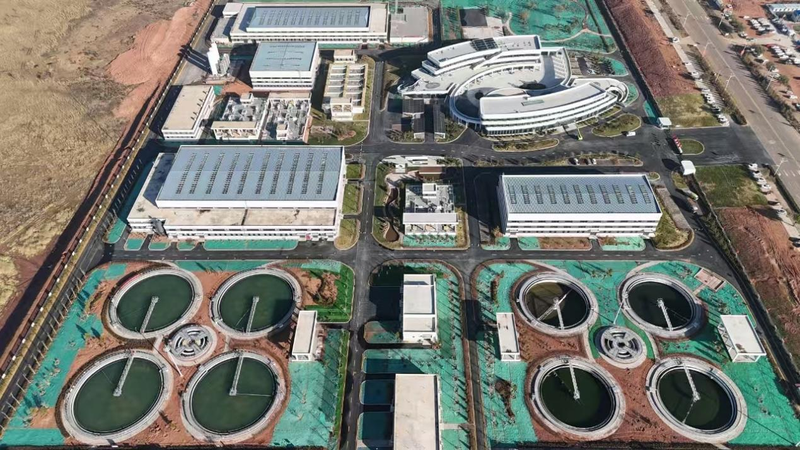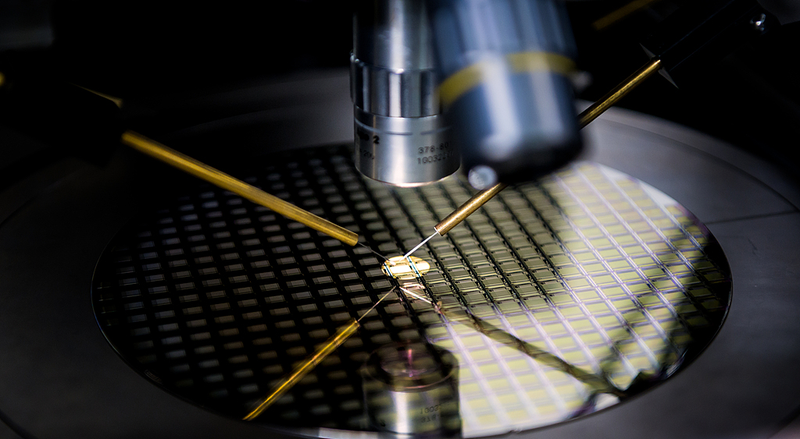Imagine a future where sewage plants run like clockwork, adjusting themselves in real-time. That's happening now in the Chinese mainland, where AI is stepping in to keep our water clean and ecosystems healthy 💧🤖.
At the Xiaocangfang sewage treatment plant in Hefei, Anhui Province, an AI-driven water management system constantly monitors quality and tweaks treatment settings on the fly. By predicting key indicators—like inflow/outflow volumes, ammonia nitrogen levels, and chemical oxygen demand—with impressive accuracy, operators can stay ahead of sudden changes. It's a game changer for a facility designed to handle up to 400,000 tonnes of wastewater every day, even when daily flows swing between 200,000 and 500,000 tonnes.
When the AI system first launched, its predictions hit about 80% accuracy. But with continuous data training and smarter algorithms, accuracy is now aiming for 96–98%. That means fewer surprises and smoother operations for the plant team.
A similar story is unfolding in the Fengxian District of Shanghai, where an AI-based dosing system is optimizing chemical use in real time. The result? Lower chemical waste, better water quality, and a big step toward greener, more sustainable cities across the region.
From Hefei to Shanghai, the Chinese mainland's embrace of AI in wastewater treatment shows how tech and nature can team up to tackle pollution and boost efficiency—one drop at a time.
Reference(s):
cgtn.com




